Question
 Dublin
Dublin
Dear Dr. Hogan,
We own a 1 year old shepherd/ausie shepherd mix we adopted from a shelter when he was six weeks old. He is an outstanding, very smart, good dog however, he snarls at us from time to time. He has never snapped or try to bite either of us or any of our visitors, We are just afraid that someday it will escalate. He typically snarls when we try to move him from a spot where he was lying etc... We just don't know what to do and would really like to fix the problem. He minds well otherwise, follows all commands and so forth. He has been through and did very well with a puppy training class. He is also neutered. We would greatly appreciate any help or insight you can offer.
AnswerAdrienne,
Your dogs behavior is not uncommon particularly within the breeds you have in combination here. However I must commend you for paying attention to it while so many would simply ignore it. Ignoring it will not stop the behavior nor will it limit the opportunity for escalation into aggressive behavior. Without actually witnessing the behavior I with have to assume from your description your dog at this point is simply telling you he doesn't want to be moved and this "snarl" is the natural way he would communicate to any member of his pack. Actually in his world this is a form of negative reinforcement. You do something he doesn't like. He growls or snarls (negative reinforcement) you become fearful and you back away. He quits snarling and may even wag his tail. All a process of negative reinforcement commonly and frequently used in the canine social structure. It is natural to him so you will have to teach him it is not accetab;e in your environment.
If I've accurately defined the behavior here is how to help the dog understand it is unacceptable and keep it from escalating into aggressive behavior with a serious out come. This could escalate into a biting situation particularly with small children if not put in check. We will make use of the "ONE,TWO,GOOD DOG!" protocol to quickly and safely deal with this before biting occurs.
Set up a situation where snarling is likely to occur. Such as moving the dog from his bed or blanket. It is important that any reaction to the dogs behavior is a controlling action not a startled or scared response so if you have to wear gloves so that if he does nip you don't have to jerk away do it. Now take the action of moving him that will cause the snarl. When the dog snarls, loudly assert a short "A" sound "AAAAAH!" use a deeper forceful voice. This should break his concentration on controlling the situation with his snarl and put his focus on you. Immediately praise him with strong firm praise and pats on side and chest or roughly rub his neck as you are using strong deep vocal praise such as "GooooD Dooog". Don't use a high pitch or coddling(baby talk) tone but a deeper reassuring confidence building tone. The "AAAAAH" is the ONE. The dog stopping the snarl is the TWO. and The praise is the GOOD DOG!. This entire process should take no more that 1 or 2 seconds to occur with the praise carrying on for another 4 or 5 seconds. Break for a few seconds then repeat this process over and over again. Look for 15 to 20 reps in 3 to 5 minutes. If the dog quits snarling after the first few times just continue the process anyway until you get at least 15 reps. Keep in mind we are rewarding the dog with praise for NOT snarling and that is how the dog sees this procedure even though you may think we are rewarding the snarl. This is the major difference between our abstract thought process that allows us to link to a contributing behavior (the snarl)and a dogs more simplistic sequential thought processing that links the praise to the immediately preceding behavior (stopping the snarl)or not snarling. This is why it is so important to praise immediately; almost simultaneously with the "AAAAAH".
This completes the teaching process now you will integrate this into your daily interaction with the dog. Each time the opportunity presents itself, or you can create one by doing something that may make the dog snarl, apply the protocol until the dog doesn't snarl. Be inventive in the application. In this integration process we are simply looking for one successful consistent repetition of the process each time. So just apply the process until the dog doesn't snarl do not do 15 reps every time. In the course of a couple three weeks you will want 200 to 600 successful reps to occur in the dogs environment not in a controlled situation like when you first taught the dog. If the "AAAAAH" doesn't work you can move to escalate to a strong "NOOO!" or even to physical discipline at a level necessary to get its attention and stopping the snarl.
You must break the concentration enough to stop the snarl. If you have problems with this call me and I'll help you through it.
You will be accomplishing three objectives. 1.)Teaching the dog it is unacceptable to snarl. 2.)Teaching to accept being directed by his leaders. 3.) Teaching to deal with change even when he does not want it. There are also other social attributes being reinforced during this learning process but although beneficial there is no need to discuss them at this point.
You can also apply the "ONE, TWO, GOOD DOG!" protocol in this manner to deal with almost any behavior modification or teaching situation. Keep it simple, consistent, and get the reps and you will have great success. Dr. Hogan 509-991-0385 until 10 pm Pacific Time.


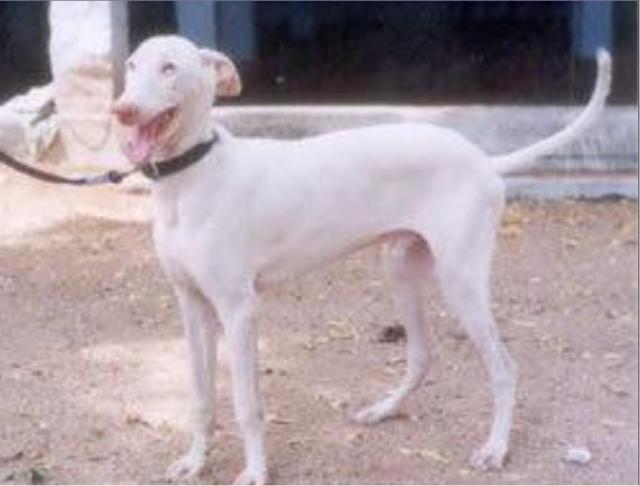 Rajapalayam dogs
Question
Rajapalayam dogs
good morning madam. are rajap
Rajapalayam dogs
Question
Rajapalayam dogs
good morning madam. are rajap
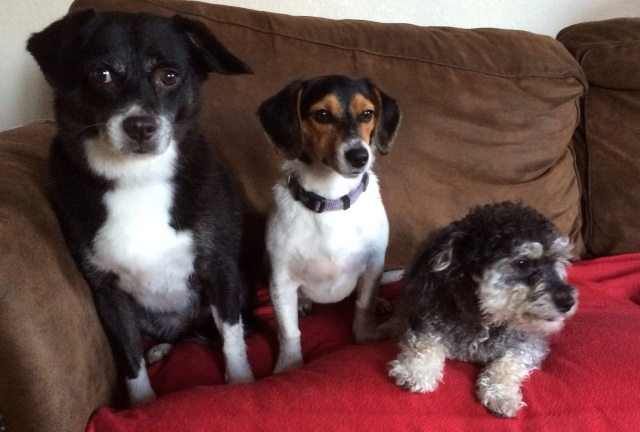 Dog aggression
Question
The 3 of them
I have 3 spayed female do
Dog aggression
Question
The 3 of them
I have 3 spayed female do
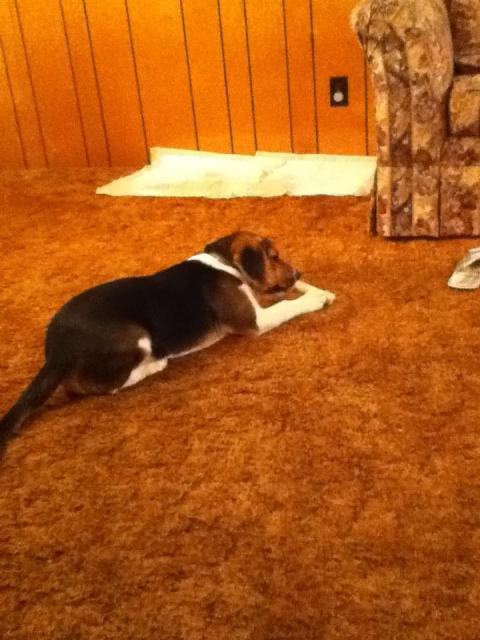 Housebreaking My Puppy and Choosing the Right Fencing
Question
Woody
Hello. I have a four month old be
Housebreaking My Puppy and Choosing the Right Fencing
Question
Woody
Hello. I have a four month old be
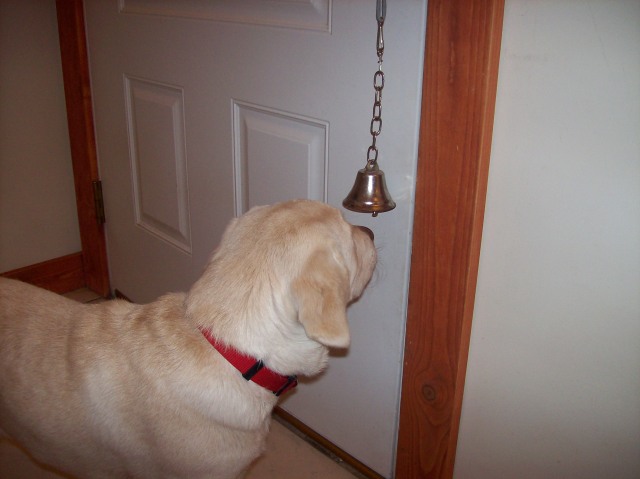 cairn terrier urinating in house
QuestionHi, I have a 2 1/2 year old cairn terrier who w
cairn terrier urinating in house
QuestionHi, I have a 2 1/2 year old cairn terrier who w
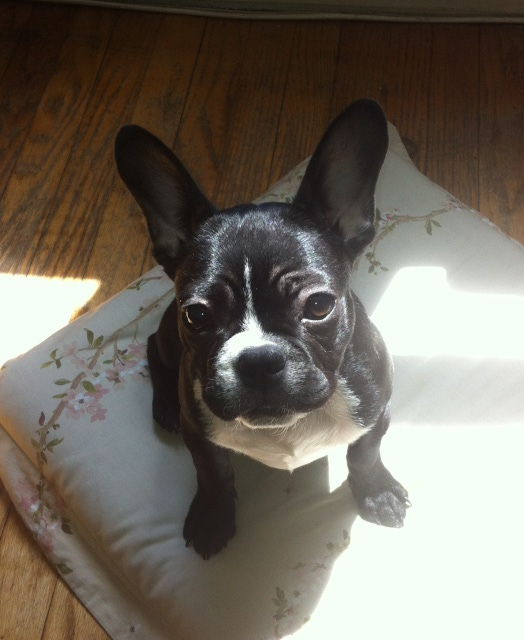 Trying to housebreak pup & she stops going
Question
Rubie Rooh
Hello - I have a 4 month old
Trying to housebreak pup & she stops going
Question
Rubie Rooh
Hello - I have a 4 month old